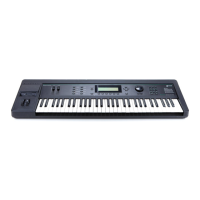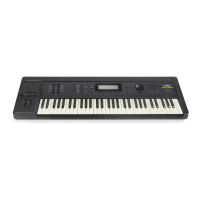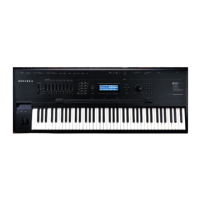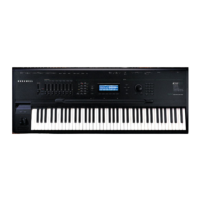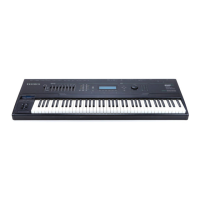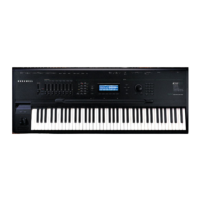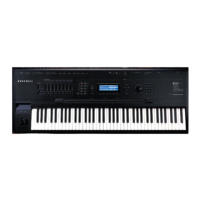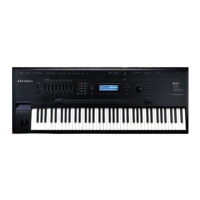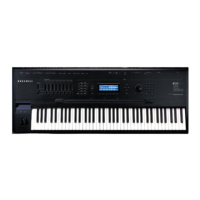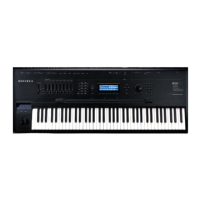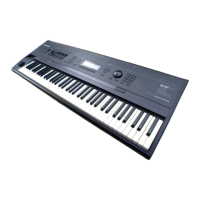Disk Mode Enhancements in Version 3
Saving Files
4-25
Songs Start playing when either the Left or Right cursor button is pressed, and stop
playing when either cursor is subsequently pressed. The most recent song that is
auditioned from this page become the Current Song (as seen on the Song Mode
page).
Once auditioned, the above object types remain active on the keyboard until another object is
auditioned, or Cancel is pressed. If a song is being auditioned, no other objects are auditioned
until the song audition is stopped (by pressing one of the Left or Right cursor buttons).
Saving Dependent Objects
Once you have selected objects for saving (either individually as just described or by bank
selection), the K2000 will determine if any of the items chosen to save have any dependent
objects in RAM that were not chosen. For instance, if you select a program to be saved and
nothing else (using the Save Object feature), the program may have dependent effects, keymaps,
and samples that are in RAM. Dependent objects that are in ROM (i.e., ROM samples or
keymaps) do not get saved to disk.
You will see the following dialog displayed if there are any dependent objects in RAM of any
objects that were selected for saving:
||||||||||||||||||||||||||||||||||||||||
||||||||||||||||||||||||||||||||||||||||
||||||||||||||||||||||||||||||||||||||||
Save|dependent|objects?|||||||||||||||||
||||||||||||||||||||||||||||||||||||||||
||||||||||||||||||||||||||||||||||||||||
||||||||||||||||||||||||||||||||||||||||
|||||||||||||||||||||Names|||Yes||||No||
Choosing Yes will cause any dependent objects to be saved in the file together with the selected
objects. Choosing No means that unselected dependents will not be saved. The Names button
is a new option added in Version 3. This creates a new kind of object to be stored in the file,
called the Name Table.
The Name Table
The name table is a list of any dependent objects that were not explicitly selected for saving in
the file. Each entry in the name table contains the object type, object ID, and the name of a
dependent object.
A file's name table is used by the K2000 at only one time, when the file is loaded in. At that time,
the K2000 will search for dependent objects that were not saved in the file originally. The search
matches dependent objects by name with objects that are already in RAM, and links them to the
“parent” object. The name table data is then discarded when the file load is finished. This
search feature is referred to as Relink-by-Name.
Relink-by-name offers new and very efficient ways of working with K2000 objects and disk files.
Careful use of this feature can save you many megabytes of disk storage, as well as a lot of time
spent working on music and production instead of waiting for sample data to be resaved.
Relink-by-Name allows you to save objects and their dependent objects separately (in multiple
files) and be able to link them up later on by loading the files in the correct order. This can be a
very efficient way of working with the K2000's many levels of dependent objects. The most
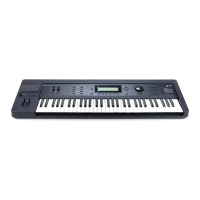
